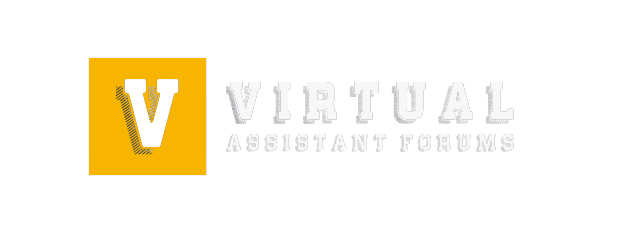Lactıon is a beautiful and natural process that is an important part of becoming a mother. The process by which mothers make breast milk is complicated and interesting. It helps mothers feed and bond with their babies. We will talk about the science, benefits, challenges, and cultural aspects of breastfeeding. This will shed light on this amazing journey of motherhood.
The Science of lactıon
During pregnancy, when the body is getting ready for the baby to come, breastfeeding starts. A hormone called prolactin helps milk-producing alveoli grow in the breasts. Another hormone called oxytocin starts the milk coming out when you nurse. This complicated dance of hormones makes sure that a mother’s body can give her baby the best nutrition possible.
Benefits of Breastfeeding
Breastfeeding is an important part of lactıon and is good for both the mother and the kid in many ways. Breast milk is a baby’s best source of nutrition because it has all the vitamins, minerals, and antibodies they need to grow and develop. It also helps the mother and baby bond, which is good for their mental health.
Breastfeeding is also good for mothers. Plus, it can lower your chance of some health problems, like breast and ovarian cancer, and help you lose weight after giving birth. It also makes the uterus tighten, which helps the body heal faster after giving birth.
Challenges and Solutions
Even though lactıon is a normal process, it isn’t always easy. Many moms have problems, like not having enough milk, having trouble latching on, or being uncomfortable. Luckily, there are a lot of tools and plans that can help you get past these problems.
Talking to a lactation expert or a medical professional can help you and give you good advice. They can comfort you, give you advice on how to breastfeed successfully, and suggest things like nipple covers or breast pumps that might help.
Cultural Aspects of lactıon
There are a lot of cultural and social factors that affect how lactıon is seen and done. Some cultures praise and encourage breastfeeding, while others may look down on it or think it’s a private matter. To promote and support lactıon, it’s important to understand these cultural factors.
The World Health Organization and UNICEF promote the “Baby-Friendly Hospital Initiative,” which tells hospitals all over the world that breastfeeding is an important part of the health of both mothers and children. The goal of this project is to make a space where nursing is easy and accepted for everyone, regardless of culture or social background.
Myths and Facts About Breastfeeding
There are a lot of lies and false beliefs about breastfeeding. A popular myth says that some women can’t make enough milk. In fact, most women can make enough milk if they get the right help and information.
Another lie is that it hurts to breastfeed. Pain is not a normal part of nursing, even though it can be uncomfortable at first. It is often a sign of a problem that can be fixed with the right help.
The Role of Partners and Support
Mothers are not the only ones who need to lactıon. Partners, family, and friends are very important for giving mental and practical support. Supportive friends and family, help with housework, and child care can make breastfeeding a lot easier. This network of support can make a huge difference in a mother’s ability to breastfeed well.
Conclusion
Lactıon is an amazing journey that marks the beginning of a new time in the lives of both moms and babies. It is a biological miracle that helps both people physically and emotionally in many ways. It might be hard at times, but there are a lot of tools and people who can help you get through them.
The cultural and social value of breastfeeding makes it even more important to understand, promote, and normalize it. We can honor the amazing journey of breastfeeding and its important part in the miracle of mom by busting myths, teaching, and providing support.

